For this project i wanted to improve on my last one and really push my limits on how far I could take the brief. I decided to try out doing an adventurer going through a temple and trying to reach the treasure at the end. With this idea i then started my planning and gathered material to base the actions and movements off of. Seeing as the model would be side stepping on a ledge and then jumping from it I found these videos and used them to help make my sketches
The following at sketches of the same repeated movement (side stepping) And then a sketch on how I would lay out my jump in its key poses based off the jump I picked in teh video above
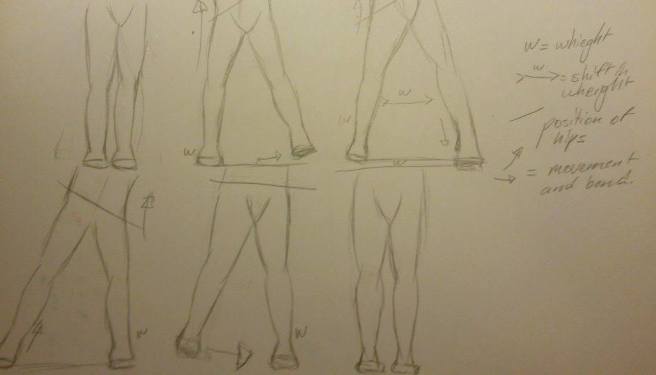
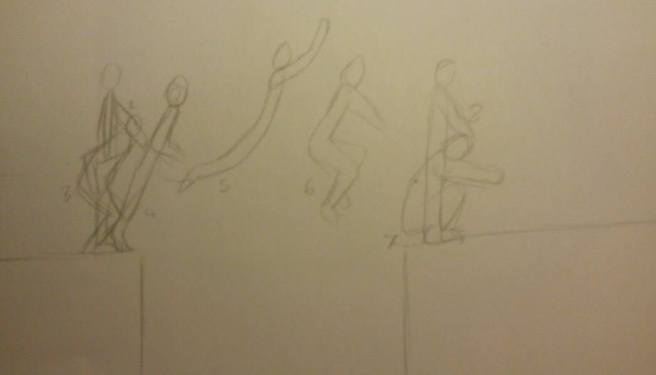
Once i had my plan set I started off with my key posing and worked on that until I had my final key pose play blast
Slowly but surely I then started to add more to my animation, trying to get the model to feel normal and have a sense of weight. the jump was the most challenging for me as I had troubles spacing out the timing and not making him look so floaty. i wanted to be as polished and the very best i could make for my final assignment this semester. In between animating on my breaks I also made a very simple set with simple blocks and colors just to give the story a nicer feel to it as well as give my model a proper skin as well. (I couldn’t have him going around as a zombie still. So here are the pictures from my planning to the final file for his texture as well as planning for the set. (I also planned my camera shots in the set picture as well.
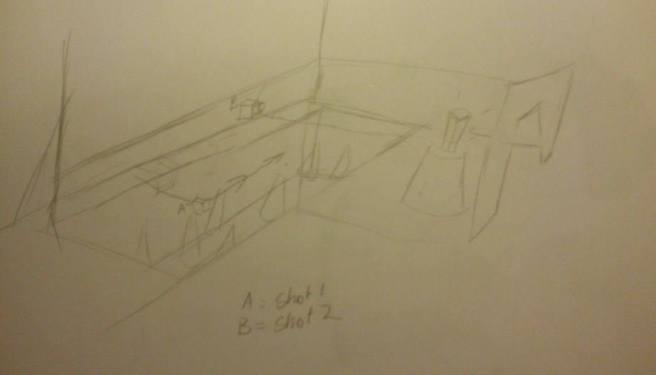 .
.
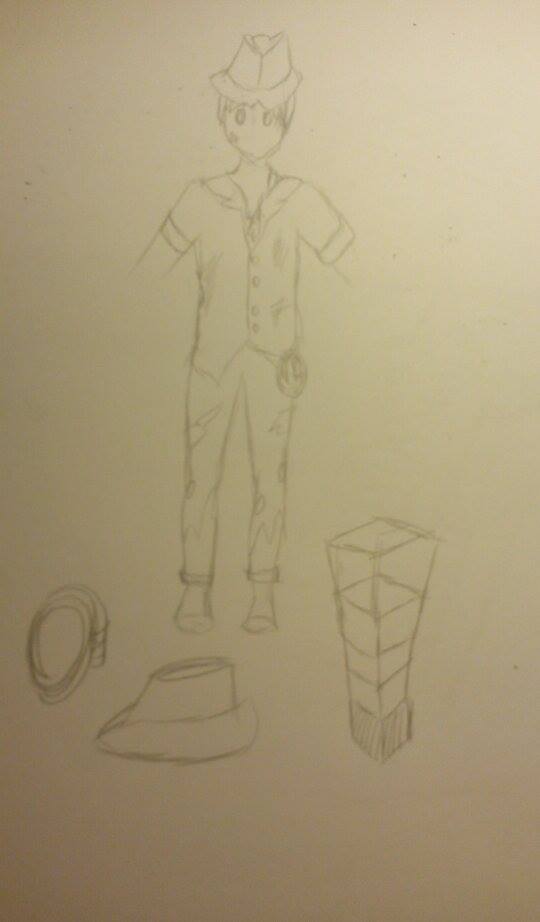
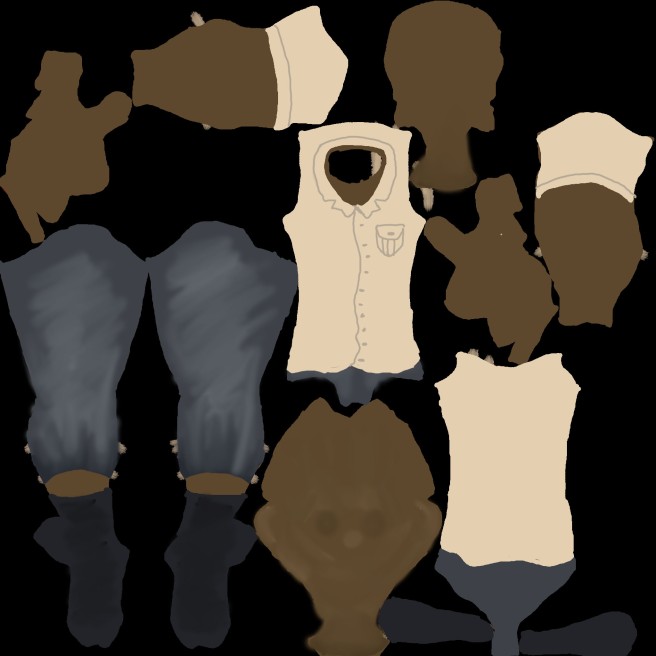
When it came to my final week or so I mostly spent it trying to polish the animation up. Giving him nicer arcs and curves when he shuffled or jumped, really trying to aim for that perfect balance of force and gravity in his jump across the ledge and finally just adding little touches, giving him some more personality, like having his hands cup the wall where they could or having him blink or have his eyes bug out when he first sees what kind of trouble he landed himself into. Giving him a moments hesitation after hearing a classmate saying that he needed to asses his situation more. And then as the final touch have him get up and look behind to the jump he made and look shocked that he just did that and survived. Just the quick little things to help make my story flesh out aside from me fiddling with the physics too much and ruining for myself otherwise. It was a tough but enjoyable assignment and I do like my finished product.
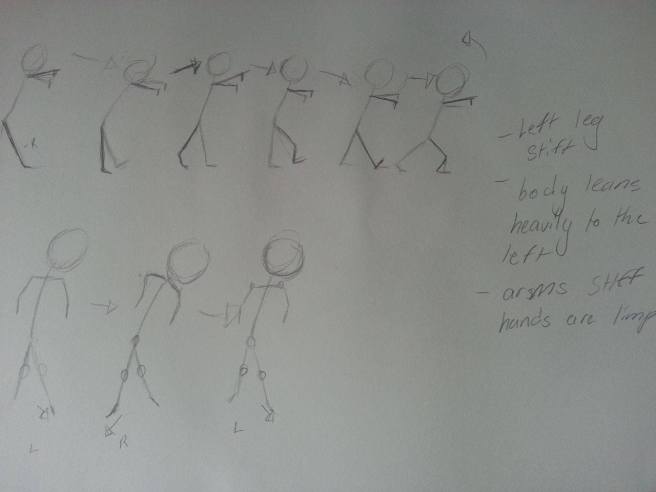
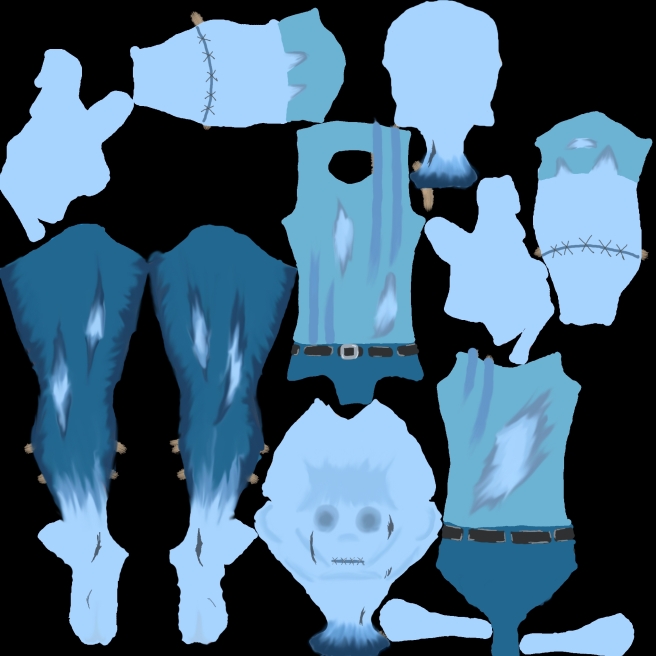
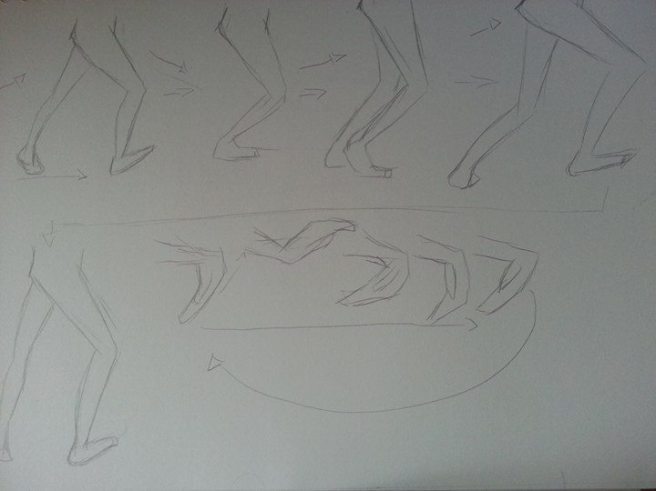


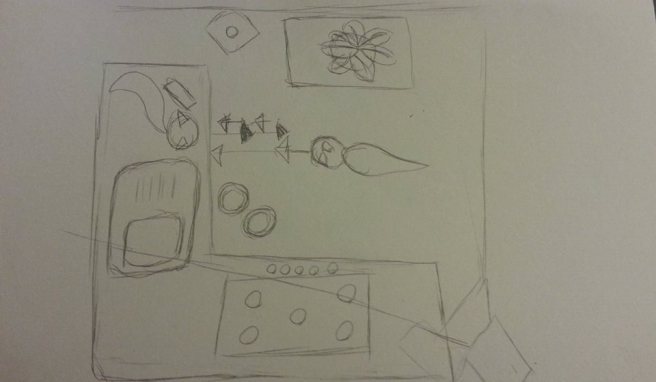





















 2009 Focus productions ‘Coraline’ Dirrected by Henry Selick
2009 Focus productions ‘Coraline’ Dirrected by Henry Selick




